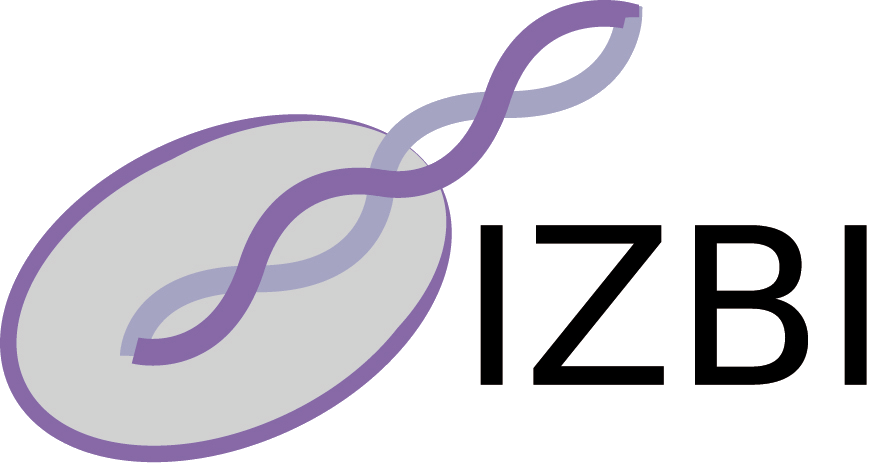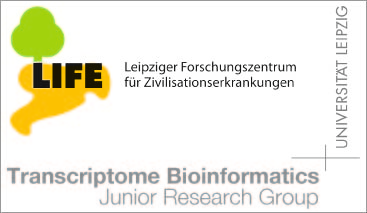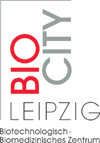Publications - Published papers
Please find below publications of our group. Currently, we list 565 papers. Some of the publications are in collaboration with the group of Sonja Prohaska and are also listed in the publication list for her individual group. Access to published papers ( ) is restricted to our local network and chosen collaborators.
If you have problems accessing electronic information, please let us know:
) is restricted to our local network and chosen collaborators.
If you have problems accessing electronic information, please let us know:
 ) is restricted to our local network and chosen collaborators.
If you have problems accessing electronic information, please let us know:
) is restricted to our local network and chosen collaborators.
If you have problems accessing electronic information, please let us know:©NOTICE: All papers are copyrighted by the authors; If you would like to use all or a portion of any paper, please contact the author.
Mitochondrial genome evolution in Ophiuroidea, Echinoidea, and Holothuroidea: Insights in phylogenetic relationships of Echinodermata
Marleen Perseke, Detlef Bernhard, Guido Fritzsch, Franz Brümmer, Peter F Stadler, Martin Schlegel
Download
Status: Published
Mol. Phylog. Evol. 56: 201-211 (2010).
Abstract
The genome architecture and amino acid sequences of six new complete mitochondrial
genomes were determined from representatives of Hemichordata (1), Ophiuroidea (3),
Echinoidea (1) and Holothuroidea (1) and were analysed together with previously
known sequences. Phylogenetic analyses recovered three lineages within echinoderms,
Crinoidea, Ophiuroidea and a group comprising Holothuroidea, Echinoidea, and
Asteroidea. In contrast to previous analyses of mitogenomes, the increased data set
recovered the classical echinoderm phylogeny of Eleutherozoa and Echinozoa in
Maximum Likelihood and Bayesian analyses using hemichordate out-group
representatives. However, an inconsistent ramification appeared with vertebrate outgroups
and in Maximum Parsimony and Neighbour Joining reconstructions.
The basal (consensus) gene orders of all three lineages could be derived from a
hypothetical ancestral crinoid gene order by one single rearrangement in each lineage.
The genome architecture was highly conserved in Echinoidea, whereas the highest
gene order differences and large amounts of unassigned sequences (UAS) were
detected in Ophiuroidea, supporting a higher evolutionary rate than in any other
echinoderm lineage. The variability in gene order and UAS regions in ophiuroid
genomes suggest dominating rearrangement mechanisms by duplication events.
Keywords
mitogenomes, gene rearrangements, echinodermata, phylogeny















